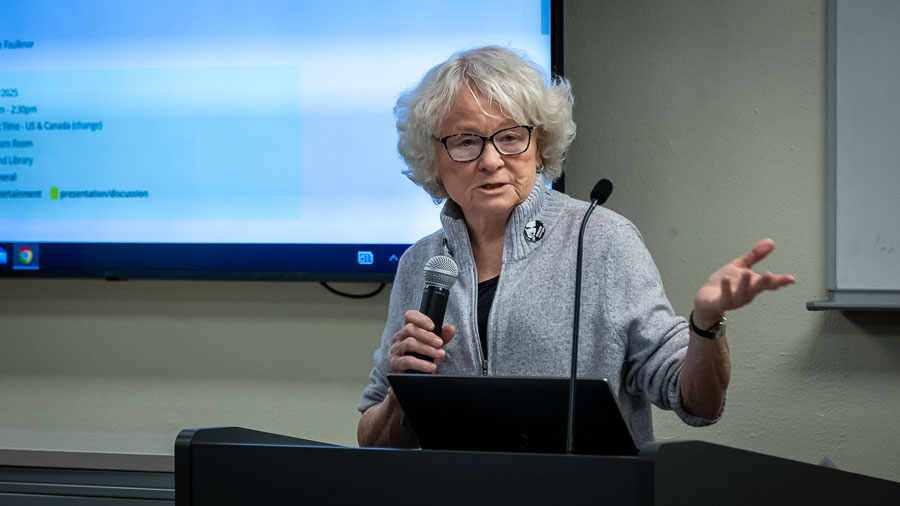GUEST COLUMN: BLM forest projects worthy of support
Published 5:30 am Monday, January 15, 2024

- Guest Column logo
One doesn’t have to travel far in the Rogue Valley before witnessing the scale of our forest health crisis.
Hillsides, once home to some of the most verdant forests in the region have taken on copper and grey hues as Douglas-firs succumb to the flatheaded fir borer. The growing footprint and severity of wildfires, along with their annual delivery of noxious smoke into the valley, are reminders of the landscapes lost to generations of outdoor enthusiasts.
Over the past two decades we have seen more forests lost to fires and insects than in any other period in recorded history.
Many factors have contributed to this current paradigm. Most prominently, the ongoing drought and ever-increasing annual temperatures in the West have pushed the limits of forest resilience and adaptability. Federal forests, after decades of fire suppression and chronic under-management spurred by the timber wars of the 1990’s, have resulted in a federal land base that is overgrown and ill-prepared to withstand this climatic shift.
Although federal land managers have understood this issue for many years, it has become clear that the wheels of federal forest management move too slowly to address the problem.
The Medford District BLM, for its part, is making inroads into this crisis by proposing forest health treatments through the Late Mungers and Penn Butte projects.
The Medford District BLM, for its part, is making inroads into this crisis by proposing forest health treatments through the Late Mungers and Penn Butte projects.
These two projects are the first commercial harvests approved under the district’s Integrated Vegetation Management for Resilient Lands Environmental Assessment (IVM-EA). IVM was born out of a realization that if the district does not act quickly to reduce the overstocking in some of their most ecologically valuable stands, they would risk losing the forests to the next conflagration or insect outbreak.
Of course, as with any project that proposes treatments on public lands, IVM is not without its own controversy. Anti-forestry groups have raised concerns about the IVM plan, accusing the BLM of failing to provide “meaningful public review and site-specific analysis” and for contributing to “their old-growth logging agenda.”
In fact, the opposite is true.
IVM is a “programmatic” analysis document, whereby a broad suite of treatments (and their outcomes) are analyzed under a single large document (IVM), and resulting projects (Late Mungers and Penn Butte) are more thoroughly analyzed based on site-specific details.
Along the way, the BLM solicits public feedback and maintains total transparency to stay in compliance with the National Environmental Protection Act (NEPA). Such projects are not designed to avoid public input; rather, they are designed to avoid unnecessary and duplicative analysis.
In terms of contributing to an “old-growth logging agenda”, even a cursory dive into the details of what IVM proposes will refute this claim. First, across all areas identified for treatment in IVM, less than 3 percent will result in commercial timber harvest. Second, in every stand proposed for treatment, the smallest trees will be targeted for removal, while the largest, most fire-adapted trees will be left to grow. In homogenous plantations, trees will be thinned to increase spacing and to impart some structural heterogeneity.
In an ecosystem where nutrients and water are limiting factors, reducing stocking and increasing space between crowns will give remaining trees the greatest opportunity of surviving in this new paradigm.
Crucially, IVM gives the Medford BLM leverage to gain ground on a crisis that is bringing these forests to a tipping point. The district understands that time is against them, and the status quo is no longer acceptable.
The Late Mungers and Penn Butte projects, together, propose 7,435 acres of forest health treatments — a small, but crucial, first step towards safeguarding what remains of the district’s oldest and most ecologically important forests. Members of the public who believe these forests are worth saving, or those who wish to live among healthy green forests and to breathe clean air should welcome the efforts of the Medford BLM.
Here’s to hoping their efforts are not in vain.










